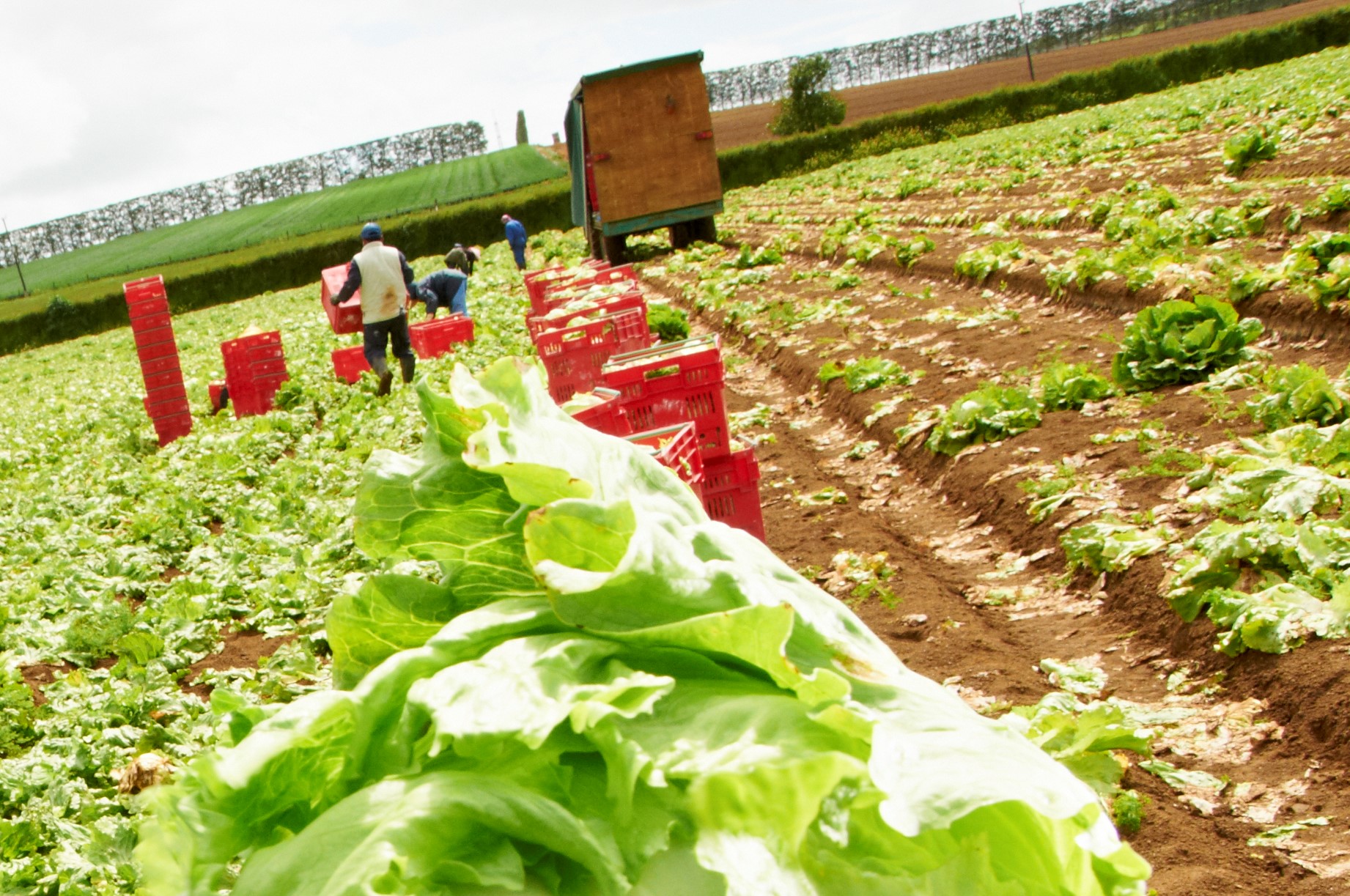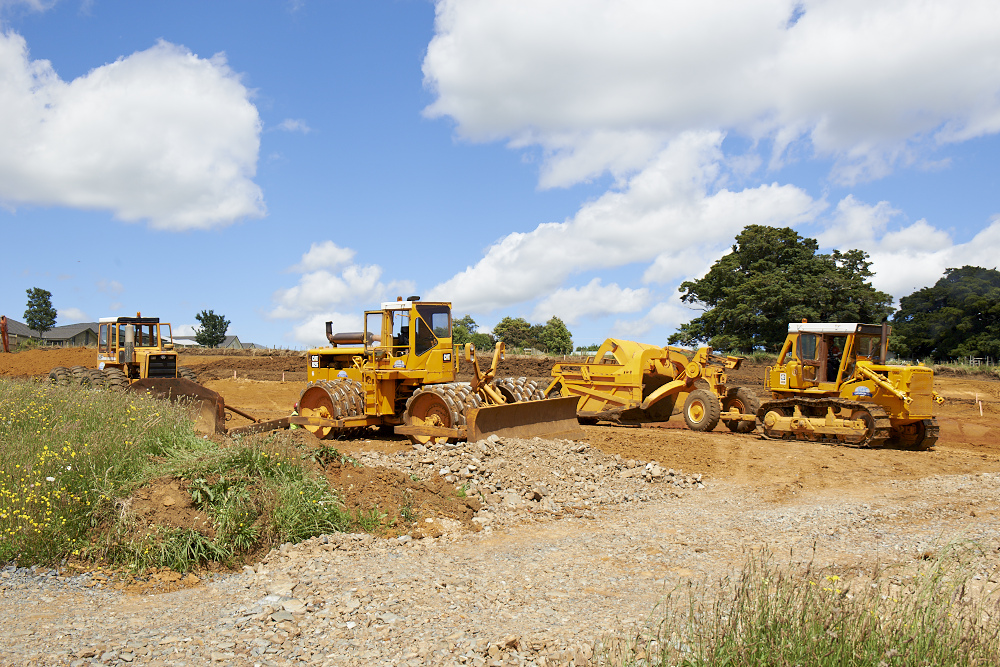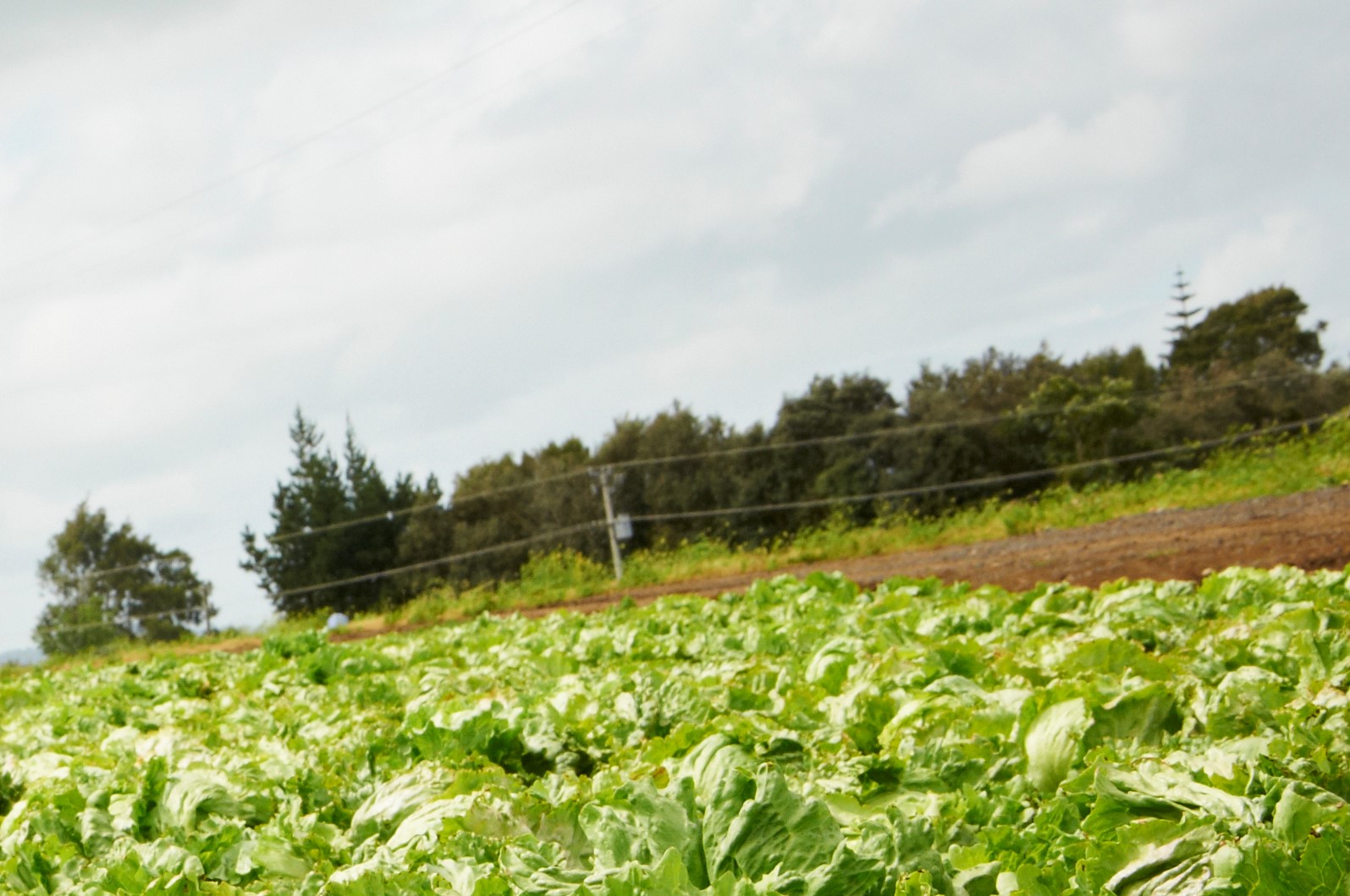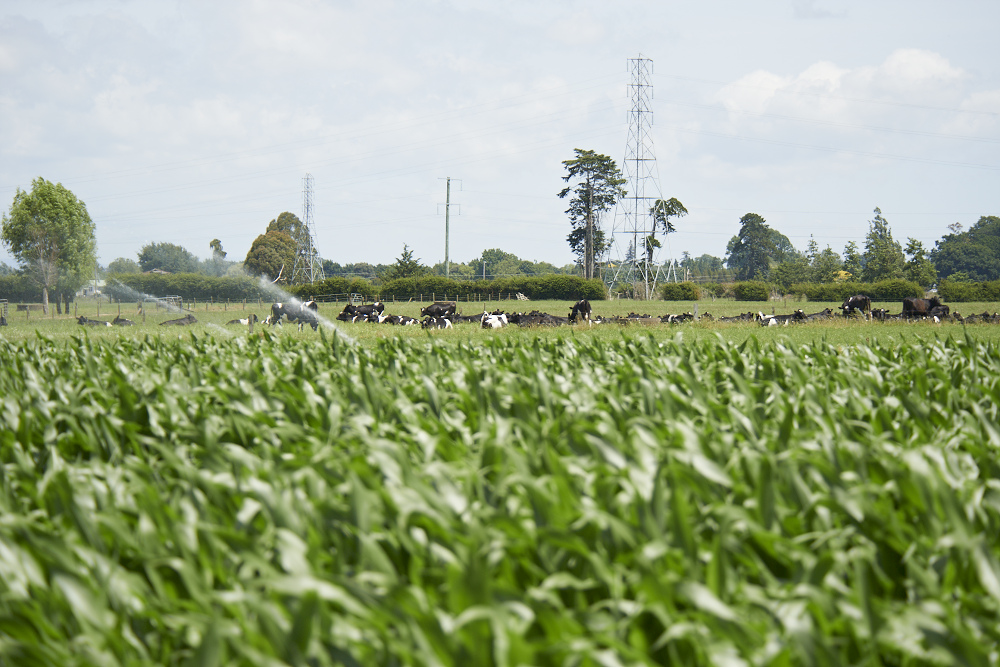
Here’s the latest information about building consents and resource consents from Waikato District Council.
If you wish to receive this via email, you can subscribe here.
National Policy Statement for Highly Productive Land – what this means for you
The new National Policy Statement for Highly Productive Land (NPS-HPL) came into effect on 17 October 2022. Since then, we’ve
had a few questions from customers about what this means for land in the Waikato district, so we’ve put together some information to help you.

What is the purpose of the policy?
The NPS-HPL is a Government policy that:
- is designed to ensure the availability of New Zealand’s most favourable soils for food and fibre production, now and for future generations;
- provides direction to improve the way highly productive land is managed under the Resource Management Act 1991 (RMA); and
- will have an immediate effect on use and development of highly productive land in New Zealand.
How is this applied in the Waikato district?
Land will be considered highly productive under the NPS-HPL if it is zoned Rural Zone under the Operative District Plan (ODP) and/or General Rural Zone under the Proposed District Plan – Appeals Version 2022 (PDP) and contains Land Use Capability (LUC) Class 1, 2 and/or 3 soils.
There is now a more stringent regime for controlling subdivision, use and development on LUC Class 1, 2 & 3 land.
You can check whether land will be affected by the NPS-HPL by checking the LUC class of the land using the Landcare LUC map. If there
is more detailed site mapping available that uses the same LUC classification system, this mapping will take precedent.

Subdivision Proposals
In relation to subdivision, Clause 3.8 of the NPS addresses subdivision of highly productive land and states that territorial authorities must avoid the subdivision of highly productive land unless one of the exemptions under Clause 3.8(1)(a)
are applicable and the measures in Clause 3.8(2) are applied by territorial authorities.

Land Use Proposals
In relation to land use, Clause 3.9 of the NPS addresses land use on highly productive land and states that territorial authorities
must avoid the inappropriate use or development of highly productive land that is not land-based primary production unless one of the exemptions under Clause 3.9(2) apply.
If a landowner does not meet the requirements under Clause 3.8 or Clause 3.9, they could potentially apply to subdivide/use their highly productive land using the permanent or long-term constraints assessment hierarchy set out in Clause 3.10. However, the onus of proof is high, and applicants would need to engage experts to prepare the necessary assessments to demonstrate that the proposed subdivision/land use meets these exemptions.
For this reason, Council may decline applications that are contrary to the objective and policies of the NPS.
What you need to do to address NPS in your application
Council need to understand what the productive capacity of that land is currently (the NPS defines productive capacity) and what the impacts of the proposed activity will be (i.e., productive capacity pre-and post-activity) before it can determine whether
the overall productive capacity of the land is retained over the long term. Further guidance regarding these assessments can be found on page 21 of the Ministry for the Environment Guidance (dated December 2022).
You will need to get an assessment completed to determine what the productive capacity of the land is. It is likely that most (if not all) applications will require this information to be provided by suitably qualified professional(s) who have expertise
in pedology (soil science specialist) and agriculture (a specialist in the science, practice, and management of agriculture and agribusiness).
The Applicant (or Applicant’s Agent) should address the recommendations and conclusions made by the expert/s and provide their own assessment under the NPS before deciding whether the application is consistent with the NPS from a planning perspective.
Things to be aware of:
- Even if the soils contained in the site (confirmed via a Site-Specific Soil Assessment) are not considered to be high quality/high class soils, as defined in the ODP and PDP, the NPS includes a transitional definition of highly productive land
that will be used until the required mapping is undertaken. This may mean the NPS-HPL still applies. The MFE Guide to implementation states the following:
LUC class 1, 2 or 3 land is defined in Clause 1.3(1) as “land identified
as Land Use Capability Class 1, 2, or 3, as mapped by the New Zealand Land Resource Inventory or by any more detailed mapping that uses the Land Use Capability classification.” This means that if a region or district has more detailed LUC
mapping than the original New Zealand Land Resource Inventory, then that can be used by the relevant local authority to identify HPL under the transitional definition of HPL and for subsequent mapping of HPL. More detailed mapping could be tools
such as S-Map, however it is not intended to include site-specific soil assessments prepared by landowners.
What does this mean for you?
If an assessment by a suitably qualified soil scientist under the transitional
definition (and the implementation information in the guide) found that the subject land contained LUC class 1, 2 or 3 land, the NPS-HPL would still apply, and the proposal would still require a full assessment under the NPS-HPL. The fact
that technical report confirms the land does not contain high quality/high class soils as defined in the District Plans would be one element of that full assessment to determine whether the proposed lots “will retain the overall productive
capacity of the subject land over the long term”.
- A Farm Management Report and/or a Land Use Capability/Soils Report is not an assessment of productive capacity of the NPS-HPL. However, these documents can be used to support an assessment of productive capacity.
- Note that economic viability is not a consideration in an assessment of productive capacity under Clause 3.8.
- The assessment must show why the proposal does not contribute to an overall loss in productive capacity.
- Regarding subdivision and lot size, the NPS-HPL does not contain direction on the size of a lot that will guarantee the productive capacity of the land is retained. This is dependent on a range of factors and varies from region to region. The determining
factor would be whether the site is large enough so that the predominant use of the site is land-based primary production. An assessment of the NPS-HPL needs to include the site layout that currently exists (i.e. what is already on-site in terms
of existing development/permitted development/activities) and what the site layout will look like
, when the subdivision is completed. Council needs to understand the overall amount of land that will be removed from any lots inclusive of
any permitted development (e.g. a dwelling / residential unit) and associated curtilage area. Council will then consider whether the remaining land within the lots will be large enough to ensure that the predominant use of the site can be used
for land-based primary production and not used for residential lifestyle purposes.
Applications to subdivide or use land that contains HPL are not simple applications. Until a full assessment of a proposal has been undertaken, considering all relevant information (such as the necessary technical report/s), we will not be able to confirm
whether Council could support an application.

We’d love to get your feedback
We’re interested in what you think about this newsletter so we can improve it over time. Click here to provide feedback.